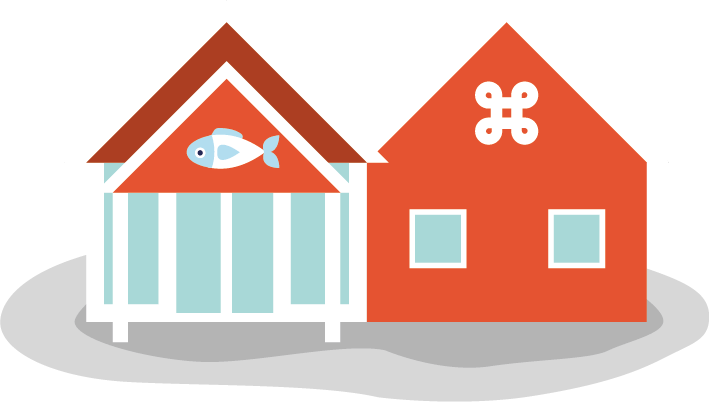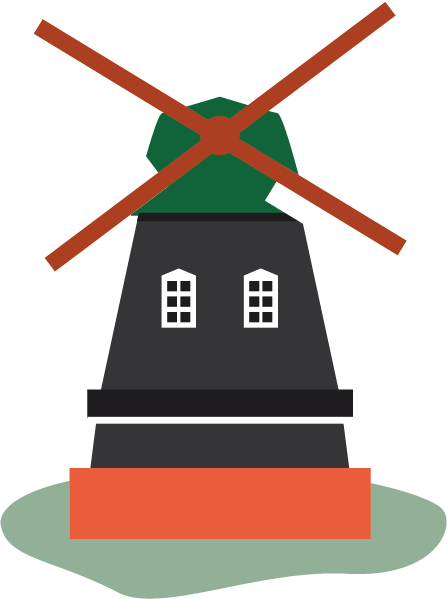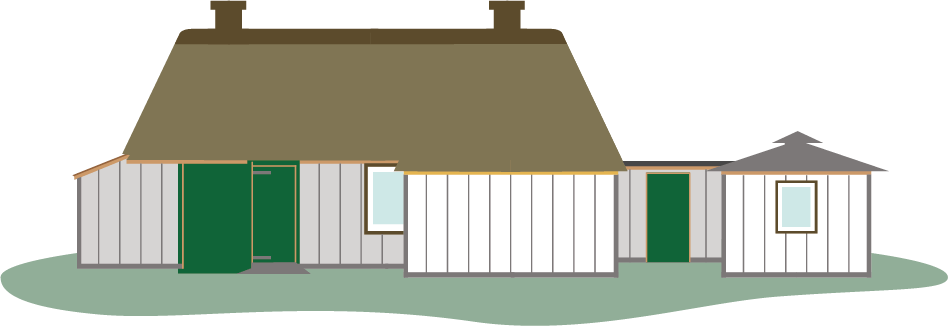History of Ringkøbing Fjord Museums
The history of Ringkøbing Fjord Museums is a bit of a mishmash. Popular involvement in old association-run museums meets tourism and a focus on experiences and attractions.
In 1908, a group of citizens founded Ringkøbing Museum and its museum association. The museum focused on archaeology and shipwrecks and eventually took several departments under its wing.
In 1929, Skjern Museum saw the light of day. During the 1970s, Tarm Municipality joined - and with it our first hyphen: Skjern-Egvad Museum. The museum focused on the Viking Age and man's interaction with nature and culture.
In connection with the municipal reform in 2007, Ringkøbing Museum and Skjern-Egvad Museum merged. Five small municipalities became Ringkøbing-Skjern Municipality, and the old museums became Ringkøbing-Skjern Museum. In the following years, Abelines Gaard and Lyngvig Fyr on Holmsland Klit and Kaj Munks Præstegård in Vedersø were also added.
In 2022, new merger processes were initiated. Fiskeriets Hus in Hvide Sande is now operated in close collaboration with the museum, just as the museum also handles the operation of Naturkraft in Ringkøbing.
In 2023, the new collaborations were marked with a new name: Ringkøbing Fjord Museums. You will find us as local cultural offerings and tourist attractions all around Ringkøbing Fjord.
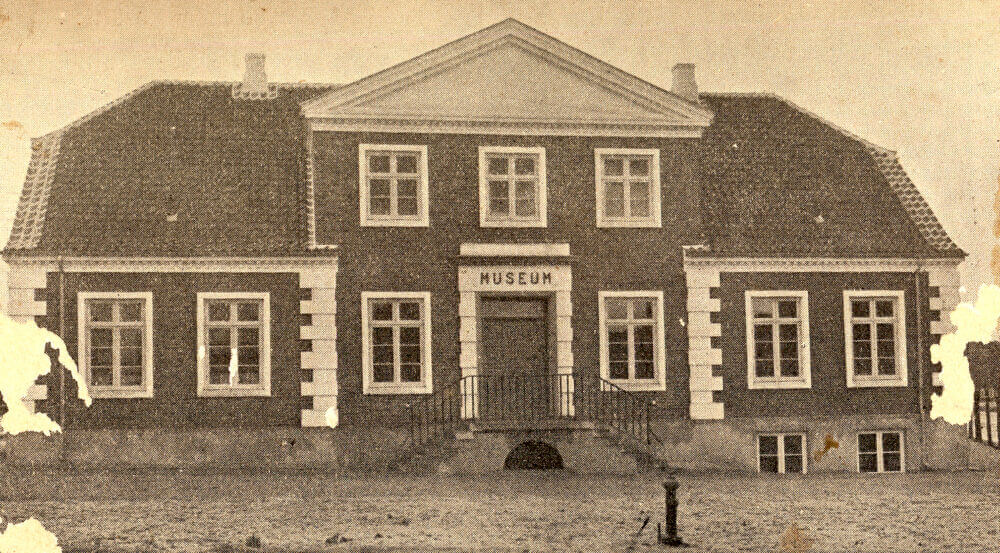
1908
In 1922, Ringkøbing Museum moved into the new museum building on Herningvej.
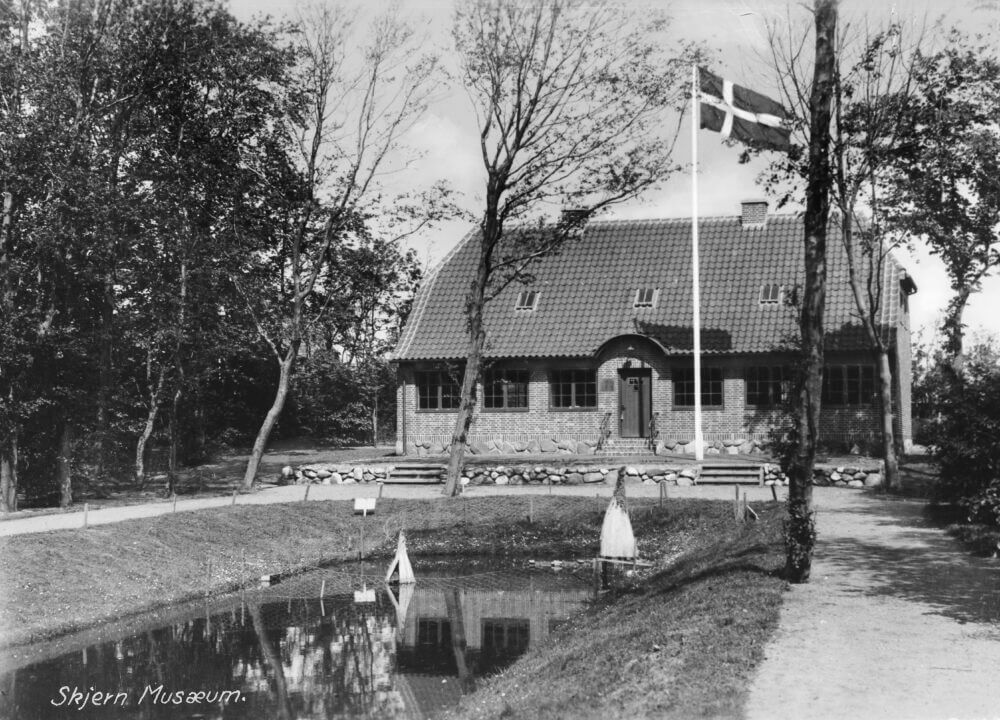
1929
Skjern Museum opened in the facility in Skjern.
